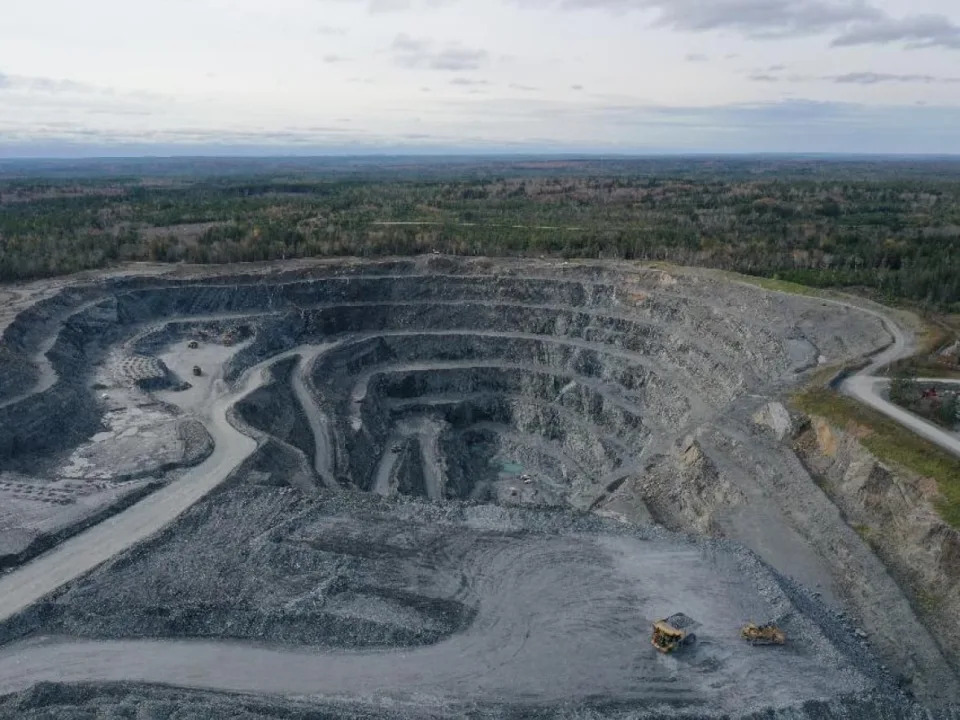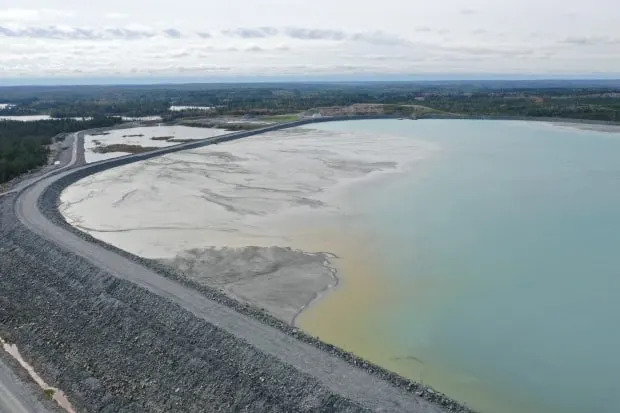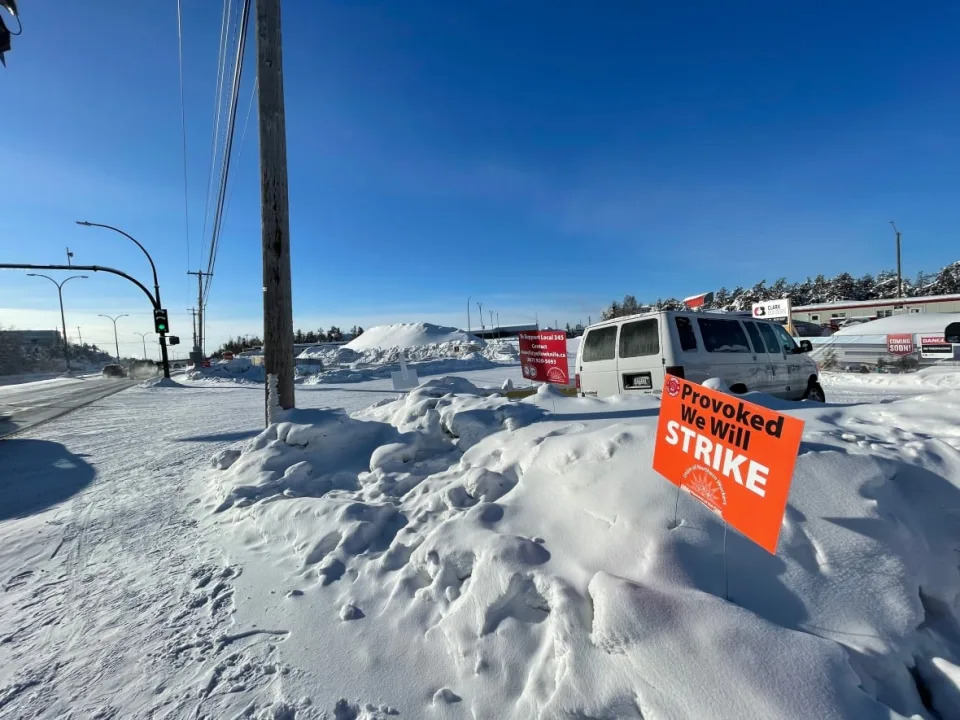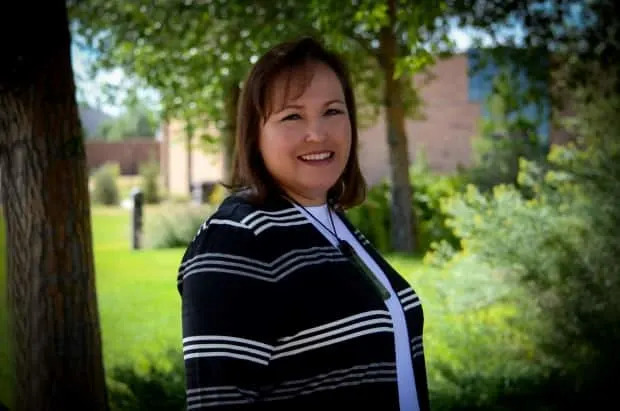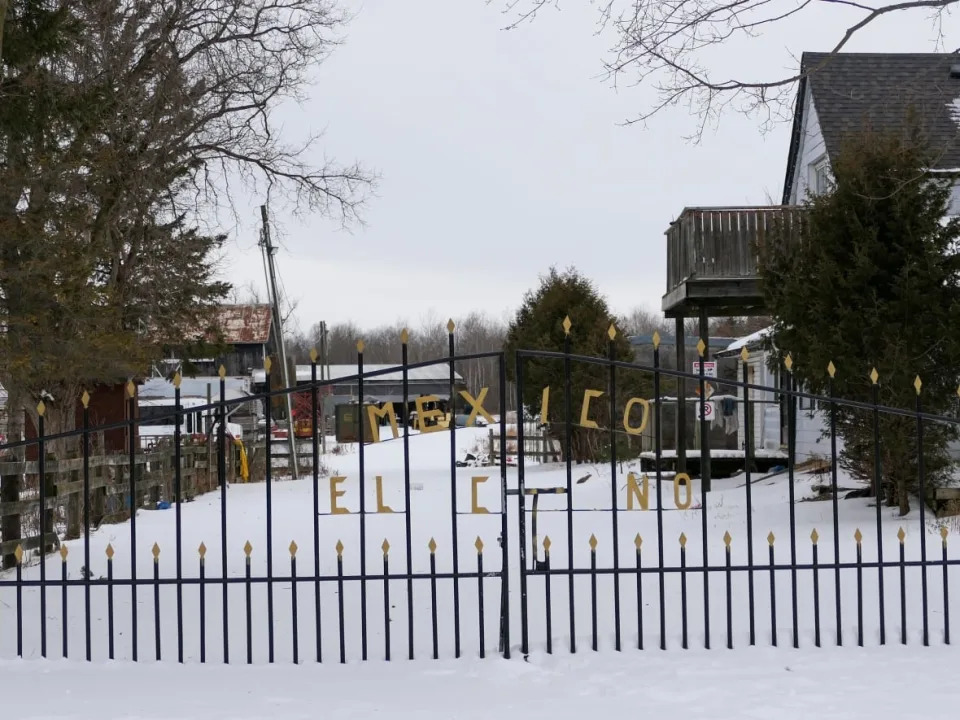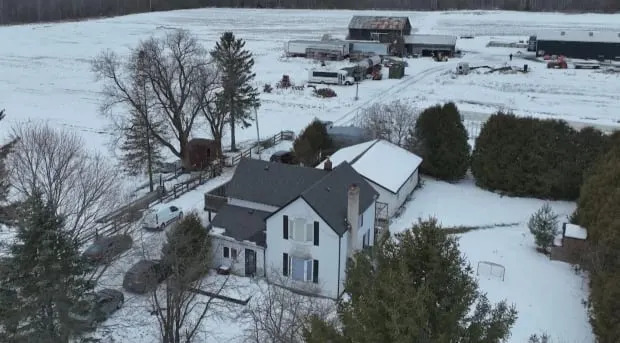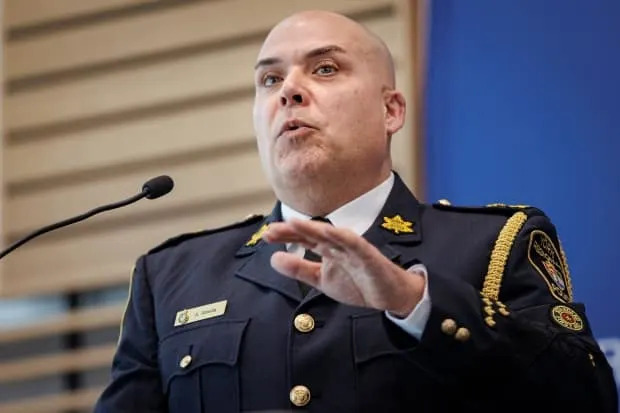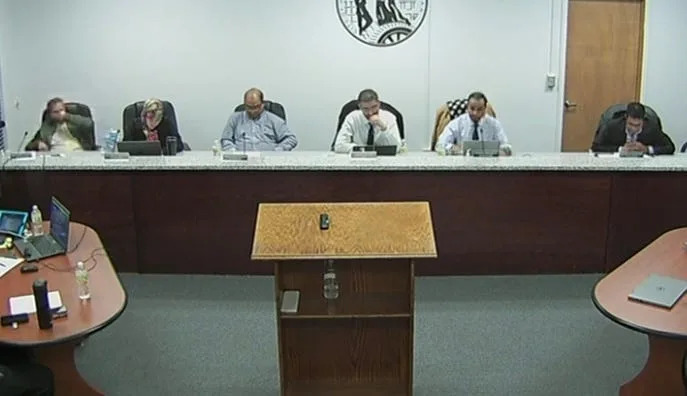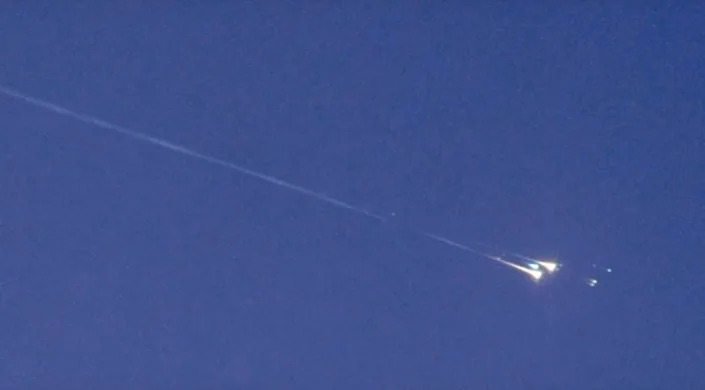ABOLISH THE SECOND AMENDMENT
3 ways to prevent school shootings, based on research
Beverly Kingston, Director and Senior Research Associate, Center for the Study and Prevention of Violence, University of Colorado Boulder Sarah Goodrum, Senior Research Associate, Center for the Study and Prevention of Violence, University of Colorado Boulder
THE CONVERSATION
Fri, March 3, 2023

School shootings are tragic, but parents, students and school staff can take steps to prevent them, researchers report. AP Photo/Rebecca Blackwell
In the months leading up to his 2012 attack that killed 26 people in Newtown, Connecticut, a 20-year-old man exhibited a cascade of concerning behaviors. He experienced worsening anorexia, depression and obsessive-compulsive disorder. His relationships deteriorated, and he became fixated on mass murders.
In 2013, an 18-year-old had enraged outbursts at school and threatened to kill his debate coach. Concerned, the school’s threat assessment team interviewed him, rating him as a low-level risk for violence. But three months after the assessment, he shot and killed a classmate and himself on school grounds in Centennial, Colorado.
By 2018, a 19-year-old man had more than 40 documented encounters with law enforcement and a history of threatening others and weapons purchases. After his mother died in 2017, family friends contacted law enforcement and expressed concern about his behavior. In 2018, he perpetrated a shooting that killed 17 people in Parkland, Florida.
All three perpetrators displayed disturbing behavior before their attacks – and the people around them missed the opportunities to intervene.
We are sociologists at the Center for the Study and Prevention of Violence at the University of Colorado Boulder. We study the circumstances that lead to violence in which an attacker picks a target – like a person, group, or school – in advance.
We find that the same patterns of concerning behavior emerge among the perpetrators, but that’s not all. We also find that there are often many opportunities to intervene with the perpetrator before the tragedy that peers, family members, school staff, law enforcement officials, and others miss.
Much of the public discussion on preventing school shootings focuses on whether and how to limit people’s access to firearms. While these efforts remain important, over the past 30 years, our work has identified other strategies that can reduce the risk for violence. Here are three evidence-based steps that schools and communities can take to prevent violence.
1. Teach students and adults to report warning signs
Most school shooters exhibited concerning behavior and communicated their plan to cause harm before their deadly attack.
These troubling behaviors and communications provide opportunities for adults to step in, for students to speak up, and for people to help a student who may be in psychological or emotional distress.
But the warning signs for violence can be difficult to distinguish from other types of problem behavior, particularly among adolescents.
According to the U.S. Secret Service, the 10 most common concerning behaviors among school attackers are:
threats to the target or others, and an intent to attack, including on social media
intense or escalating anger
interest in weapons
sadness, depression or isolation
changes in behavior or appearance
suicide or self-harm
interest in weapons or violence
complaints of being bullied
worries over grades or attendance
harassing others
Attackers typically exhibit five or more of these concerning behaviors.
Educational programs and training that encourage people to share their concerns about, and seek help for, those engaging in worrisome behavior may improve safety in schools and communities.

2. Develop and publicize around-the-clock anonymous tip lines
People need a way to safely report their concerns. Tip line systems include websites, phone numbers to call or text, email addresses, and apps. They let students and others anonymously, or confidentially, share their concerns about another’s threatening behavior or communications.
These tip lines can make people less hesitant to report situations that worry them or that they think may not be their business, such as bullying, threats, drug use, or someone’s talk of suicide.
Several states have modeled their tip lines after Colorado’s Safe2Tell, which is a 24/7/365 live anonymous reporting system that was created in the wake of the 1999 Columbine High School mass shooting. Safe2Tell relays tips to local law enforcement officials and school leaders, who investigate and triage each tip. These law enforcement officials and school leaders determine the nature of the concern, along with the most appropriate response.
A 2011 study found the system had helped stop 28 potential school attacks, but that research has not been updated in the years since. Recent Safe2Tell reports indicate that the system also helps students get help for significant mental health needs.
During the 2021-22 school year, for instance, Safe2Tell received 19,364 reports. Of those, 14% were related to suicide threats, 7% to bullying, and 7% to welfare checks. Of the 84 self-reports related to mental health that year, 32% received counseling services, 32% had their parents notified, 22% had an official check on their well-being, 12% were hospitalized at least briefly, and 10% were given a suicide assessment; some received more than one of those responses.
These types of interventions are known to prevent school violence. The National Policing Institute is a nonprofit organization based in Arlington, Virginia, that maintains the Averted School Violence Database. As of 2021, the database contained case information on 171 averted attacks, 88 of which were first discovered by a peer of the potential attacker.

3. Conduct behavioral threat assessment and management
Once people report their concerns, law enforcement officers, school staff and mental health professionals must evaluate the reports and determine how to handle the information, and the people implicated.
One method, called behavioral threat assessment and management, seeks to identify the cause of the concerning behavior – such as a grievance, psychological trauma, or mental health concern. In schools, this process encourages the threat assessment team to evaluate the risk for violence and build a plan for supporting and monitoring the student, their behavior and their communications.
Schools that use this approach are less likely to simply suspend or expel the students they evaluate. That means students can still receive services and support through their school, rather than being excluded from it.
This process also helps distinguish cases in which a student made a threat but does not intend harm from those in which a student poses a real threat.
Once the team has assessed the threat, it can share the results – and the plan of action – with other school staff members to ensure everyone knows how to handle the student and their behavior. School staff members then also know how, and to whom, to report any subsequent observations of worrying actions or statements from the student.
It’s important for all school personnel to know that the federal student privacy law allows this type of information-sharing because it relates to school and personal safety. Some school leaders hesitate to share the plan because they are confused about this provision of the law.
For that reason, and because resources may be constrained at school or may not extend to a student’s home life, the action plans that follow behavioral threat assessments aren’t always carried out properly. So the team may have completed the assessment paperwork, but not the actual work of supporting, managing or monitoring the student’s needs.
Americans are not helpless in the face of school violence. Research has identified solutions. We believe it’s time to act to consistently and effectively implement these solutions.
This article is republished from The Conversation, an independent nonprofit news site dedicated to sharing ideas from academic experts.
It was written by: Beverly Kingston, University of Colorado Boulder and Sarah Goodrum, University of Colorado Boulder.
Read more:
Five years after Parkland shooting, a school psychologist offers insights on helping students and teachers deal with grief
Five years after Parkland, school shootings haven’t stopped, and kill more people
Beverly Kingston receives funding from the Centers for Disease Control and Prevention, Bureau of Justice Assistance, U.S. Department of Homeland Security, Botnar Foundation, City of Denver
Sarah Goodrum receives funding from the Centers for Disease Control and Prevention, Bureau of Justice Assistance, and U.S. Department of Homeland Security.

